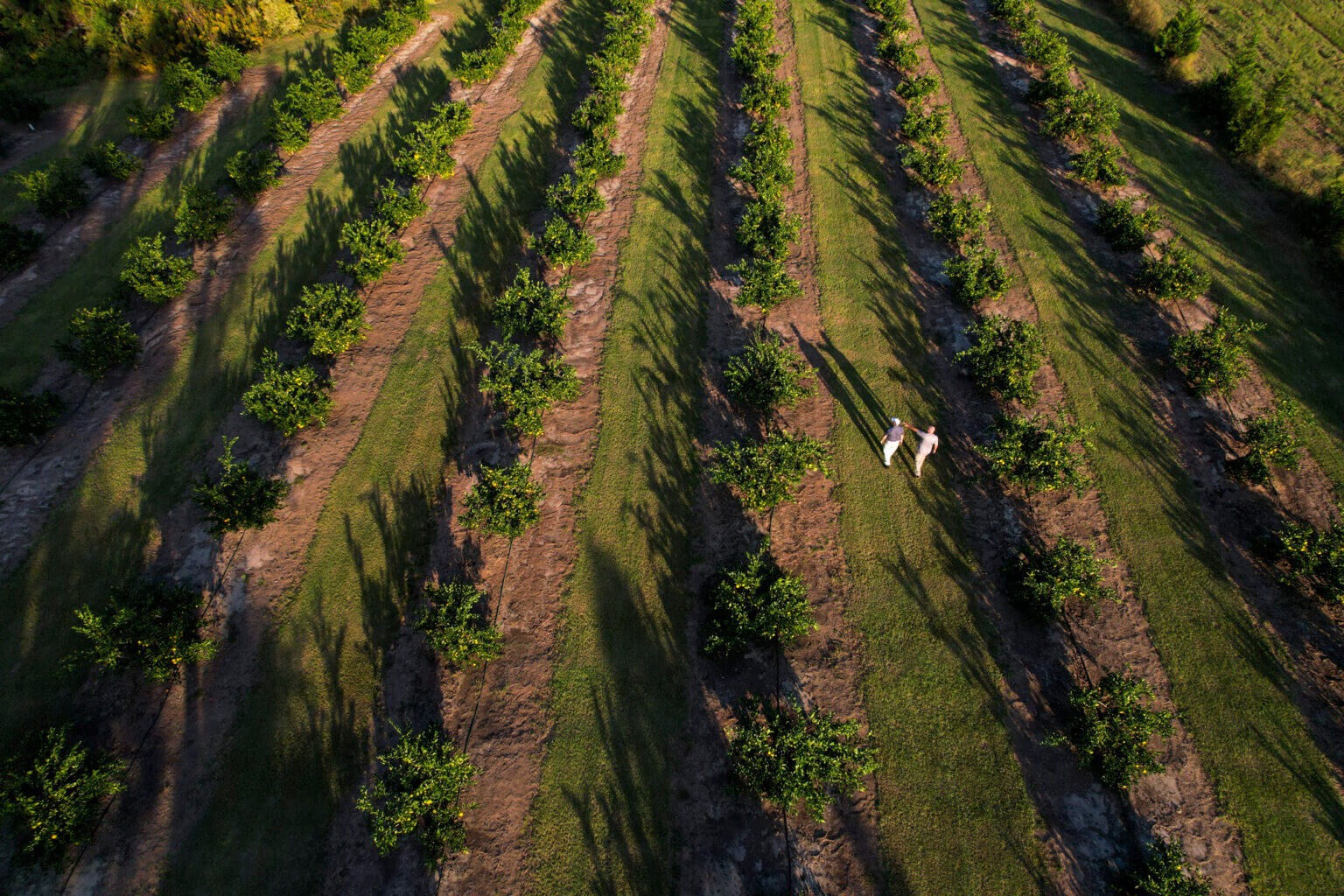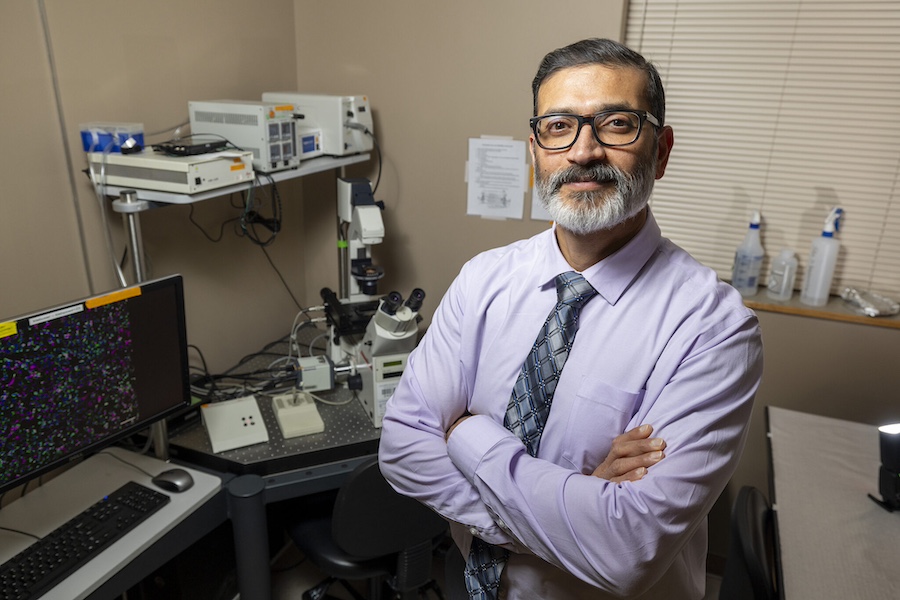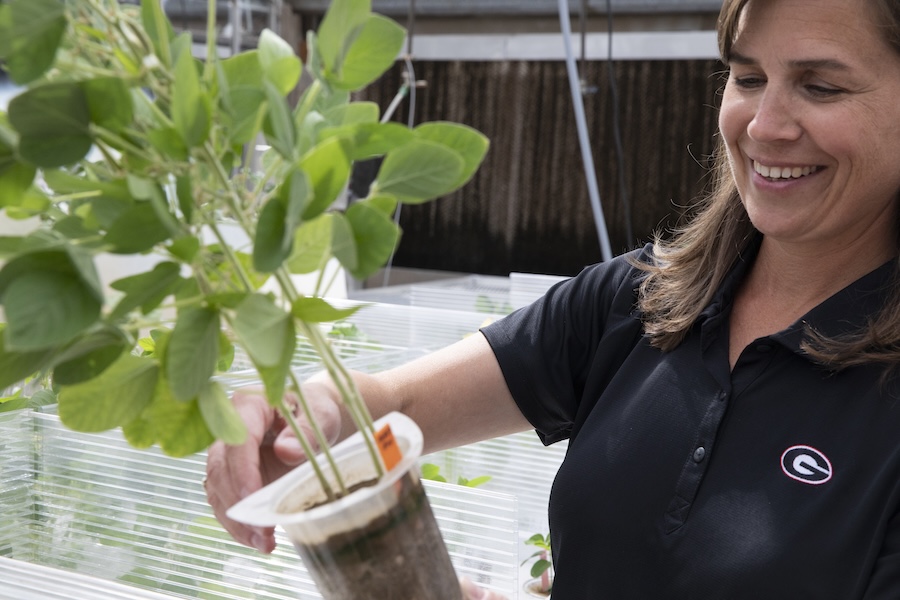By Cat Holmes
University of Georgia
"Terrorists may cause chaos and confusion by adding toxic substances intentionally to food," said Huang. He has taught the Hazard Analysis Critical Control Point system to seafood industry personnel and government regulatory agencies since 1998.
"Because of this risk, more steps have been added to the process of documentation and traceability,” Huang said. “We don’t want anyone using food as a vehicle for terrorism.”
Post 9/11
“The tragic events of September 11 certainly have highlighted the importance of maintaining and improving [the food safety infrastructure] and of adapting it to new food safety threats as they arise,” said Elsa Murano, U.S. Under Secretary for Food Safety, in remarks given in 2002. “Intentional harm to our food supply is a unique situation, one that we never envisioned would take center stage in our country.“Yet whether intentional or unintentional, threats to the safety of our food supply can only be addressed by a strong infrastructure, with systems in place to prevent contamination and address hazards.”
New threats have necessitated new measures.
HCAAP has been an ideal system to prevent major outbreaks and has been closely tied to new anti-terrorism measures to ensure food safety, Huang said. Since systems have already been in place for pathogens, biosecurity measures have boosted tracking and transportation safety measures.
“People coming to seafood plants must be checked,” Huang said. “Distribution trucks and other forms of transportation must have safeguards.
“All domestic and foreign food manufacturers that have interstate trade activities in the U.S. must register with the FDA. And other countries must give prior notice that products are coming to the [U.S.]. There's no pulling up in Savannah and calling to say ‘We have a product here.’”
Pre-9/11
Before September 11, 2001 the purpose of HACCP was to reduce levels of food-borne pathogens like Salmonella to protect consumers, in itself a serious mission.Six years ago, when the U.S. Food and Drug Administration passed new regulations designed to increase the margin of safety and reduce the incidence of food-borne illness, it marked a big change in the way the U.S. government inspects food.
"Before 1998, the burden to inspect and protect was on the government," Huang said. "Food processors had to take responsibility for the safety of their products. HACCP made the government and food processors partners in food safety."
HACCP uses a systems approach to food safety. Under it, potential food safety hazards are identified and evaluated. Then necessary controls are put into place to prevent those hazards from occurring or to keep them within acceptable limits.
"We look at the whole system to find which steps we can take to control outbreaks of food-borne illness," Huang said.
Typical hazards
There are three kinds of hazards HACCP addresses: chemical, biological and physical. An example of a chemical hazard is sodium bisulfite, used as a preservative for iced but not frozen shrimp.Since some people are allergic to sodium bisulfite, the HACCP methods determined that shrimp suppliers must supply a letter certifying whether or not bisulfites were used. Then the final product must be labeled to show whether the shrimp contain sodium bisulfites.
Bio-hazards are pathogens. HACCP determines the point at which pathogens can be eliminated or reduced. Food must be cooked to the right temperature to destroy listeria, which is sometimes found in shellfish. It can be very dangerous if the food isn’t cooked to the right temperature or long enough.
Physical hazards include particles of metal, glass or wood that might be unintentionally dropped into the final product.




.jpg)

